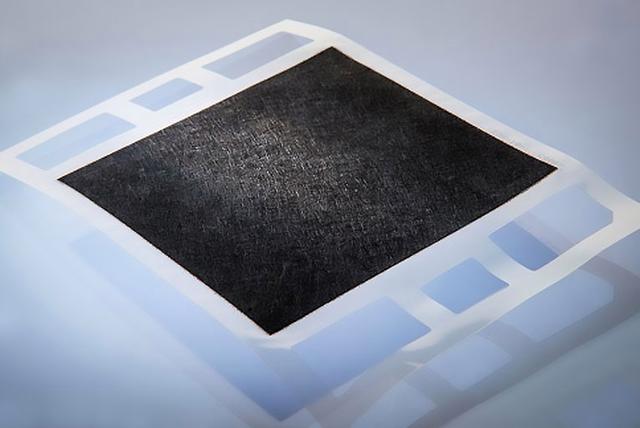The membrane electrode is one of the key components of a fuel cell, combining an ion-exchange membrane, an anode electrode, and a cathode electrode to facilitate the electrochemical reactions of fuel oxidation and oxygen reduction. The working principle of the membrane electrode is elaborated in detail below.

Ion-Exchange Membrane:
The core of the membrane electrode is the ion-exchange membrane, which possesses good ionic conductivity and selectivity. In fuel cells, the most commonly used ion-exchange membranes are polymer electrolyte membranes, such as polytetrafluoroethylene (PTFE)/Nafion membranes. The role of the ion-exchange membrane is to separate the anode and cathode electrodes while allowing the transport of protons (hydrogen ions) between the anode and cathode.
Anode Electrode:
The anode electrode is where the fuel oxidation reaction occurs within the fuel cell. The anode electrode often uses carbon paper or carbon cloth as a support material, covered with a catalyst layer. The commonly used catalyst is the precious metal platinum (Pt), which promotes the oxidation reaction of the fuel (such as hydrogen). In the hydrogen oxidation reaction, hydrogen gas undergoes oxidation on the anode catalyst layer, producing electrons and hydrogen ions.
Cathode Electrode:
The cathode electrode is where the oxygen reduction reaction occurs in the fuel cell. Similar to the anode electrode, the cathode electrode uses carbon paper or carbon cloth as a support material, coated with a catalyst layer. The typical cathode catalyst used is a platinum-palladium alloy (Pt-Pd), which facilitates the reduction of oxygen. In the oxygen reduction reaction, oxygen combines with electrons and hydrogen ions to form water.
Within the membrane electrode, the fuel (such as hydrogen) enters through the anode and undergoes an oxidation reaction, generating electrons and hydrogen ions. Electrons flow through an external circuit, forming an electric current that can power external loads. Meanwhile, oxygen enters through the cathode and combines with electrons and hydrogen ions to form water. The ion-exchange membrane serves to isolate and conduct ions, ensuring the progress of the reaction and preventing electrical short circuits.
The working principle of the entire membrane electrode system is based on electrochemical reactions. The hydrogen oxidation and oxygen reduction reactions are facilitated by catalysts on the catalyst layers, which accelerate the reaction rates. The presence of the ion-exchange membrane allows ions (usually hydrogen ions) to pass through the membrane and maintain electrical neutrality between the anode and cathode.
In summary, the membrane electrode, by the concerted action of the ion-exchange membrane, anode electrode, and cathode electrode, realizes the progress of fuel oxidation and oxygen reduction reactions in a fuel cell. This electrochemical reaction converts chemical energy into electrical energy, providing an efficient, low-pollution method of energy conversion. The membrane electrode has a broad application prospect in fields such as transportation, energy storage, and portable power generation.
Post time:2024-06-14





